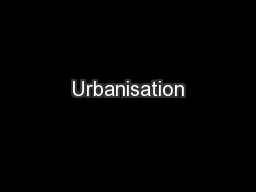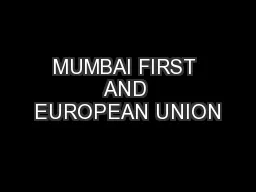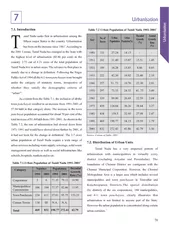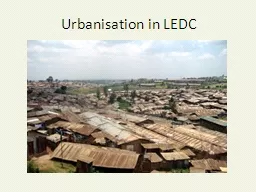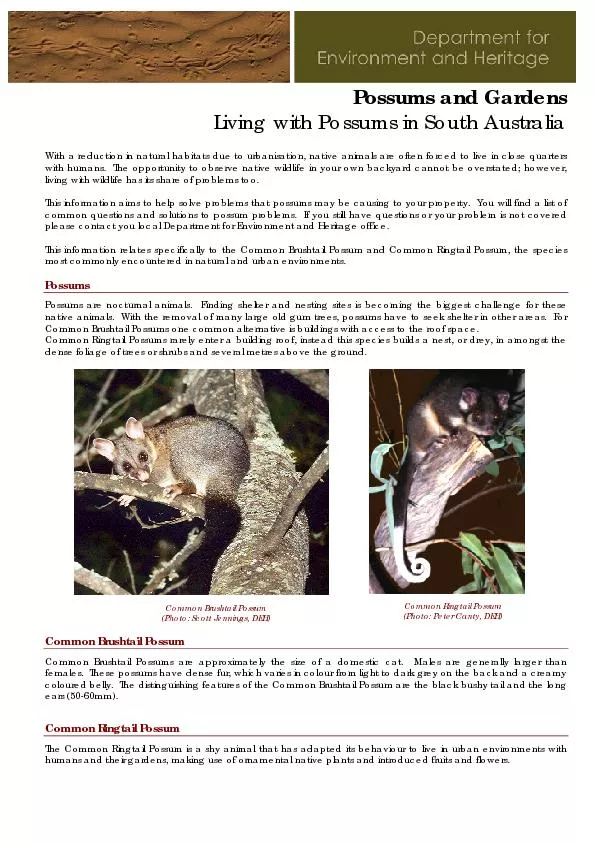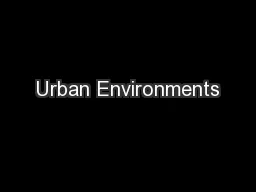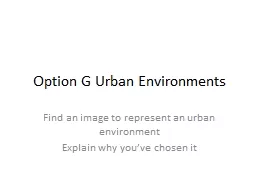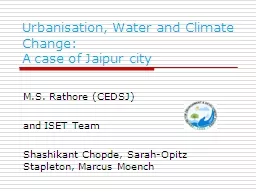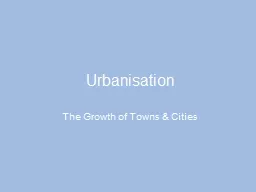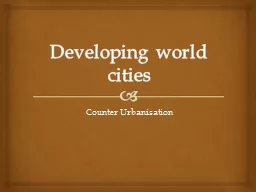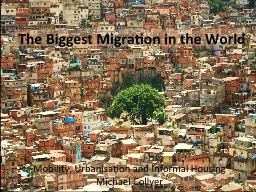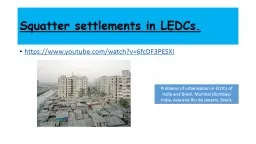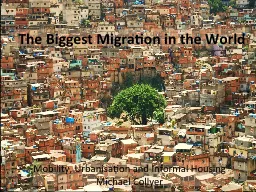PPT-Urbanisation
Author : danika-pritchard | Published Date : 2017-05-09
and the growth of Mega Cities Shanghai pop 18 million 2010 TO BE MEGACITIES IN 2015 Country Urban agglomeration 1950 1975 2000 2015 Japan Tokyo 6 920 19 771 26
Presentation Embed Code
Download Presentation
Download Presentation The PPT/PDF document "Urbanisation" is the property of its rightful owner. Permission is granted to download and print the materials on this website for personal, non-commercial use only, and to display it on your personal computer provided you do not modify the materials and that you retain all copyright notices contained in the materials. By downloading content from our website, you accept the terms of this agreement.
Urbanisation: Transcript
Download Rules Of Document
"Urbanisation"The content belongs to its owner. You may download and print it for personal use, without modification, and keep all copyright notices. By downloading, you agree to these terms.
Related Documents

